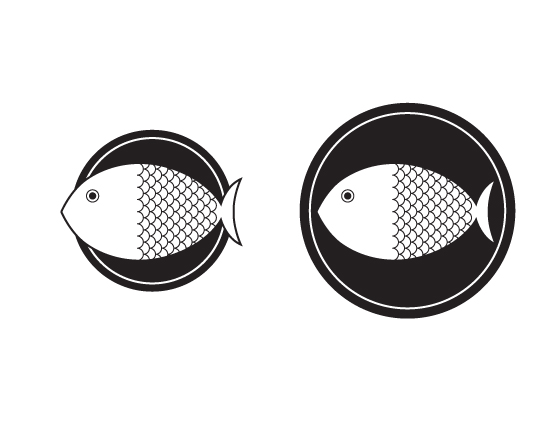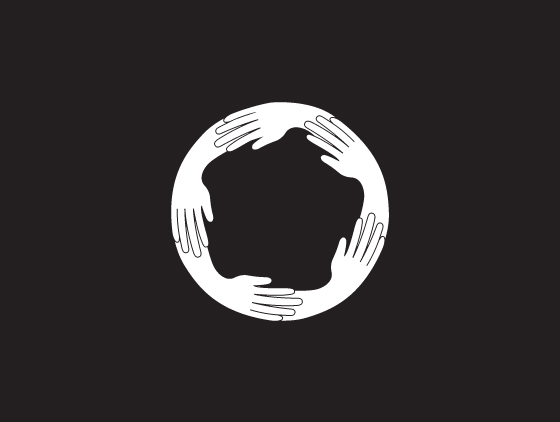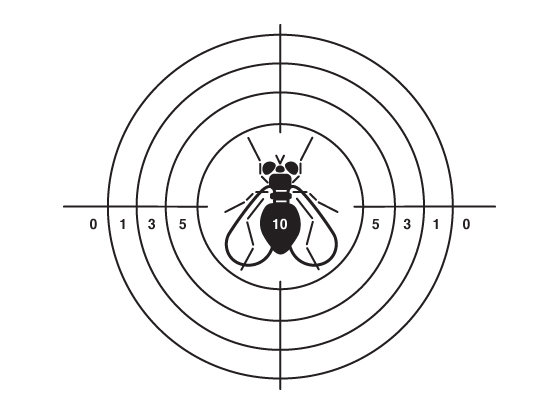 So you’ve been trying to lose weight since sometime. And you’ve bought new fitness wear, taken membership to the gym, tried yoga, consulted a dietician, gone on different kinds of diets, even skipped meals, bought your favorite dress a size smaller so that you will motivate yourself to lose weight, but nothing has helped?
So you’ve been trying to lose weight since sometime. And you’ve bought new fitness wear, taken membership to the gym, tried yoga, consulted a dietician, gone on different kinds of diets, even skipped meals, bought your favorite dress a size smaller so that you will motivate yourself to lose weight, but nothing has helped?
Try a simpler way. A few years ago, Brian Wansink invited a group of friends to a party and secretly conducted an experiment. Each guest was randomly given a Medium or Large sized bowl accompanied with a Medium or Large sized spoon respectively. The guests then helped themselves to ice-cream. Seconds before the guests took their first mouthful, the researchers weighed the bowls. Results revealed that those who were given the Large bowls and Large spoons had, on an average, taken 31% more ice-cream than their Medium bowls and spoons counterparts. Andrew Geier and his colleagues from University of Pennsylvania demonstrated that this effect is not confined to ice-cream and parties. In their study, a bowl of M&Ms was left in the hallway of an apartment, along with a spoon and a sign saying ‘Eat your fill: please use the spoon to serve yourself’. On some days they kept a teaspoon and on others a tablespoon. Findings revealed that using the larger spoon caused people to take almost twice as many M&Ms from the bowl.
So try replacing your crockery and cutlery with smaller sized ones and let me know if it works.

